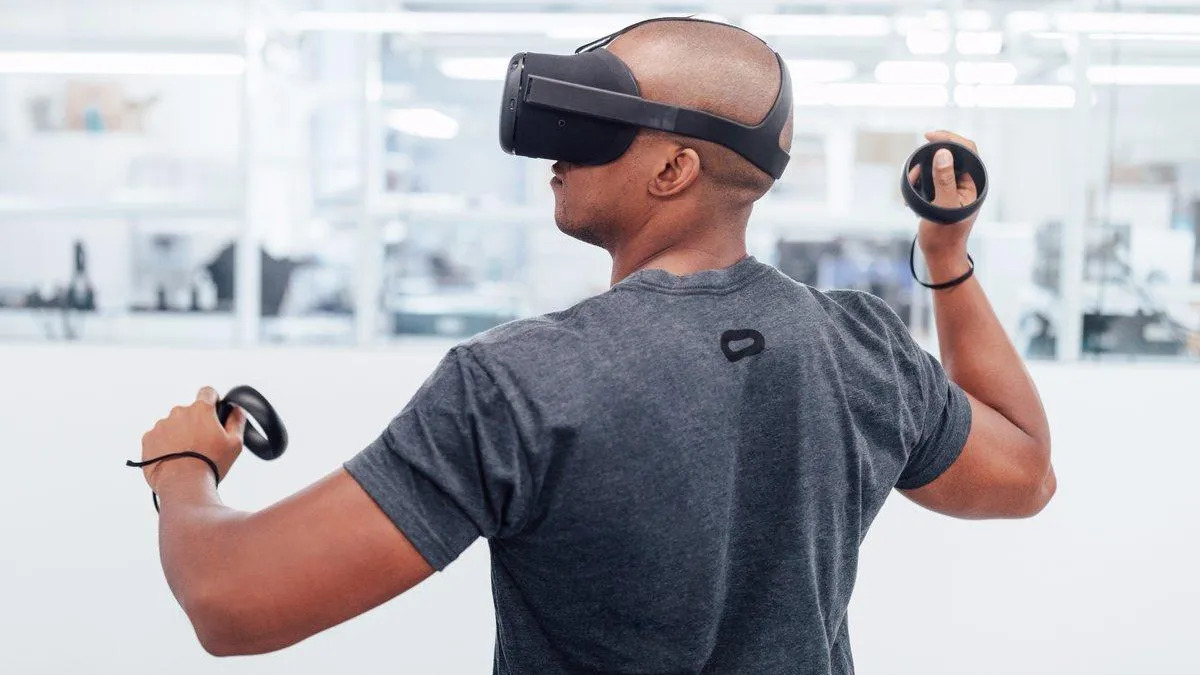Virtual reality relies on cutting-edge technology to create a sense of presence and immersion.
A virtual reality headsets frame rate refers to the number of frames or images displayed per second.
It determines the smoothness and fluidity of the visuals in the virtual environment.

Why is frame rate essential in virtual reality?
Well, imagine exploring a virtual world with jerky, laggy movements.
The experience would be jarring and might even lead to discomfort or motion sickness.
Low frame rates in virtual reality can have a detrimental impact on the overall user experience.
Choppy visuals can break the immersion and make it challenging to engage with the virtual environment.
Moreover, low frame rates can result in motion sickness, which is a common issue among VR users.
Its essential to understand how frame rate affects motion sickness in virtual reality.
Furthermore, frame rate plays a crucial role in the level of immersion experienced in virtual reality.
The higher the frame rate, the more convincing and realistic the virtual world becomes.
What is frame rate?
It is measured in frames per second (FPS).
The frame rate determines how smoothly and fluidly the visuals are rendered in the virtual environment.
Every second, the VR headset displays a sequence of images to create the illusion of motion.
The frame rate is directly linked to the perception of motion by our eyes.
However, for an immersive and comfortable virtual reality experience, a higher frame rate is required.
This is due to various factors, including the limitations of film technology and broadcasting standards.
However, in virtual reality, higher frame rates are essential to avoid visual discomfort or motion sickness.
The most common frame rates used in virtual reality are 60, 72, and 90 frames per second.
These rates are significantly higher than the standard frame rates in traditional media.
The reason for this is to ensure smooth movement and reduce latency between head movements and the visual response.
A higher frame rate enhances the level of immersion and reduces any distractions triggered by choppy or laggy visuals.
It allows users to explore the virtual environment seamlessly, creating a more realistic and engaging experience.
Why is frame rate important in virtual reality?
In virtual reality, frame rate plays a crucial role in creating a seamless and immersive experience for users.
First and foremost, a low frame rate can lead to a choppy and laggy visual experience.
This can break the immersion and make it difficult for users to engage with the virtual world.
Furthermore, a low frame rate can contribute to motion sickness, a common issue in virtual reality.
In addition to motion sickness, a low frame rate can also cause general discomfort and eye strain.
The impact of low frame rate extends beyond visual disturbances and discomfort.
It can also affect the overall performance of interactive elements in virtual reality.
It is important to note that the tolerance for low frame rates can vary among individuals.
How does frame rate affect motion sickness?
Motion sickness is a commonly reported issue among virtual reality users.
Frame rate plays a significant role in mitigating motion sickness in virtual reality.
Studies have shown that increasing the frame rate in virtual reality can alleviate the symptoms of motion sickness.
When the frame rate drops below this recommended threshold, the risk of motion sickness increases.
By pushing the boundaries of frame rate technology, they aim to deliver immersive and motion-sickness-free experiences for users.
How does frame rate impact immersion?
Frame rate has a significant impact on the level of immersion experienced by users.
A higher frame rate contributes to a more convincing and immersive virtual reality experience.
Frame rate also affects the responsiveness of virtual reality interactions.
What is the recommended frame rate for virtual reality?
The most commonly recommended frame rate for virtual reality is 90 frames per second (FPS).
This frame rate is often considered the minimum requirement for a comfortable and immersive virtual reality experience.
Its worth mentioning that achieving higher frame rates requires more powerful hardware and more optimized software.
Understanding these options can help users make informed choices to optimize their virtual reality experiences.
Different headsets may have different limitations in terms of achieving higher frame rates.
Its recommended to select a frame rate option that balances smoothness, visual quality, and acceptable performance.
This optimization includes efficient resource usage, effective rendering techniques, and minimizing latency in the applications responsiveness.
As virtual reality technology continues to advance, higher frame rates are expected to become more accessible and commonplace.
Understanding these factors can help users optimize their virtual reality experiences and ensure a smooth and enjoyable frame rate.
Virtual reality headsets offer different frame rate options, typically ranging from 60 to 144 FPS.
Continual advancements in hardware and software will enable users to enjoy smooth and visually stunning virtual reality environments.